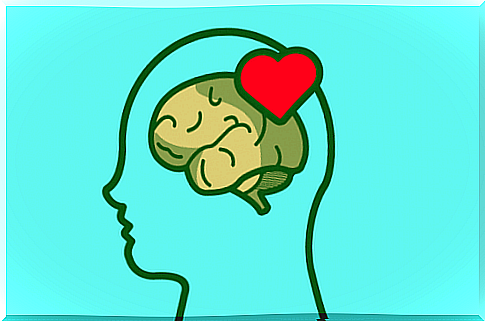Magda B. Arnold’s Assessment Theory For Emotions

Magda B. Arnold invented what she called assessment theory for emotions. She had a different view of emotions than psychologist and philosopher William James (1842-1910).
He believed that emotions are, in fact, the subjective experience of physiological changes (especially those related to the sympathetic nervous system) that occur when you experience a stimulus or are in a specific situation. Therefore, emotions would not be possible without these changes or the experience of these changes.
Arnold’s assessment theory said that emotions are not the result of physical change, but that people need to assess whether an object or a situation affects them in one way or another.
This evaluation gives a sense of attraction or aversion, which causes you to either approach you or distance yourself from the object or situation. The sequence is thus the following: Perception, evaluation, feeling.
According to Magda B. Arnold’s theory of emotions, emotions depend on how we evaluate objects and situations.
Four aspects of this assessment theory for emotions
Arnold outlined four basic aspects of emotional assessment that are still relevant to this day:
- Difference between perception and evaluation
- The immediacy of emotional evaluation
- The tendency to action
- Certainty

1. The difference between perception and assessment
Perception of an object means knowing what the object is. Evaluating an object means considering it in relation to oneself. In that process, one will typically classify it under one of two categories: Pleasant or Unpleasant.
For example, if you see a roaring lion in the middle of the street, you will rate it as something unpleasant and you will be scared. If you see the same lion in the zoo where it does not pose a danger to you, you might consider the experience verdict pleasant.
2. The immediacy of assessment theory for emotions
Emotional judgment involves not only something that you are attracted to or repulsed by, but also a judgment of the situation or object. These assessments are immediate, automatic, direct and non-reflective.
If you see a lion in the middle of the street, you will surely run your way. This survival instinct is triggered by fear, which is an immediate, direct and automatic feeling. In other words, you act without thinking. You do not stop to think about the consequences of seeing a lion in front of you on the street because this would be a waste of time.
At the same time, because these are non-reflective assessments, they contain a reaction similar to the previous one. Let’s look at another example. What happens when you pass an exam or see someone you love after a long time? You may be crying with joy.
You do this without any kind of intellectual or reflective treatment, which means you do not stop with what you are doing to consider the situation. It happens in a completely spontaneous way.
3. Trends in action
When you assess an object or situation as pleasant or unpleasant, you begin a tendency to act where you have a feeling that is related to physiological changes and can lead to concrete action.
In other words, you feel physiological changes that trigger action. When you are angry, not only do you get hot and start breathing faster, but you also feel like slamming doors and throwing things.
These two variables trigger behavior. When you rate something as comfortable, you tend to approach it both physically and emotionally. If, on the other hand, you decide that something is unpleasant, you will reject it and distance yourself from it. Thus, your emotional assessment will determine your behavior around something that you have evaluated.
With her assessment theory, Magda B. Arnold postulated that when physiological conditions are activated and no action is involved, you may end up feeling very uncomfortable and frustrated.

4. Certainty
Man tends to believe that everything will remain the same. When you meet someone, you generally think that they always behave the same way. Or you think the ones you love will always be there.
We tend to be confident in everything around us and do not think about the possibility of change. There is, of course, no certainty in life. Things are constantly changing. Arnold highlighted the contrast between our expectations and what is actually happening.
The belief that everything remains the same leads to suffering. People also believe that others will continue to behave as they have always done, which is obviously a mistaken assumption. Magda B. Arnold emphasizes the importance of understanding the concept of certainty so that the changes that take place in our lives do not cause so much despair.
Magda B. Arnold was an important person in psychology. Her work helped Richard Lazarus develop one of the most comprehensive theories of cognitive judgment, stress, and emotion. Thus, Magda B. Arnold contributed important ideas to this ever-evolving discipline.









